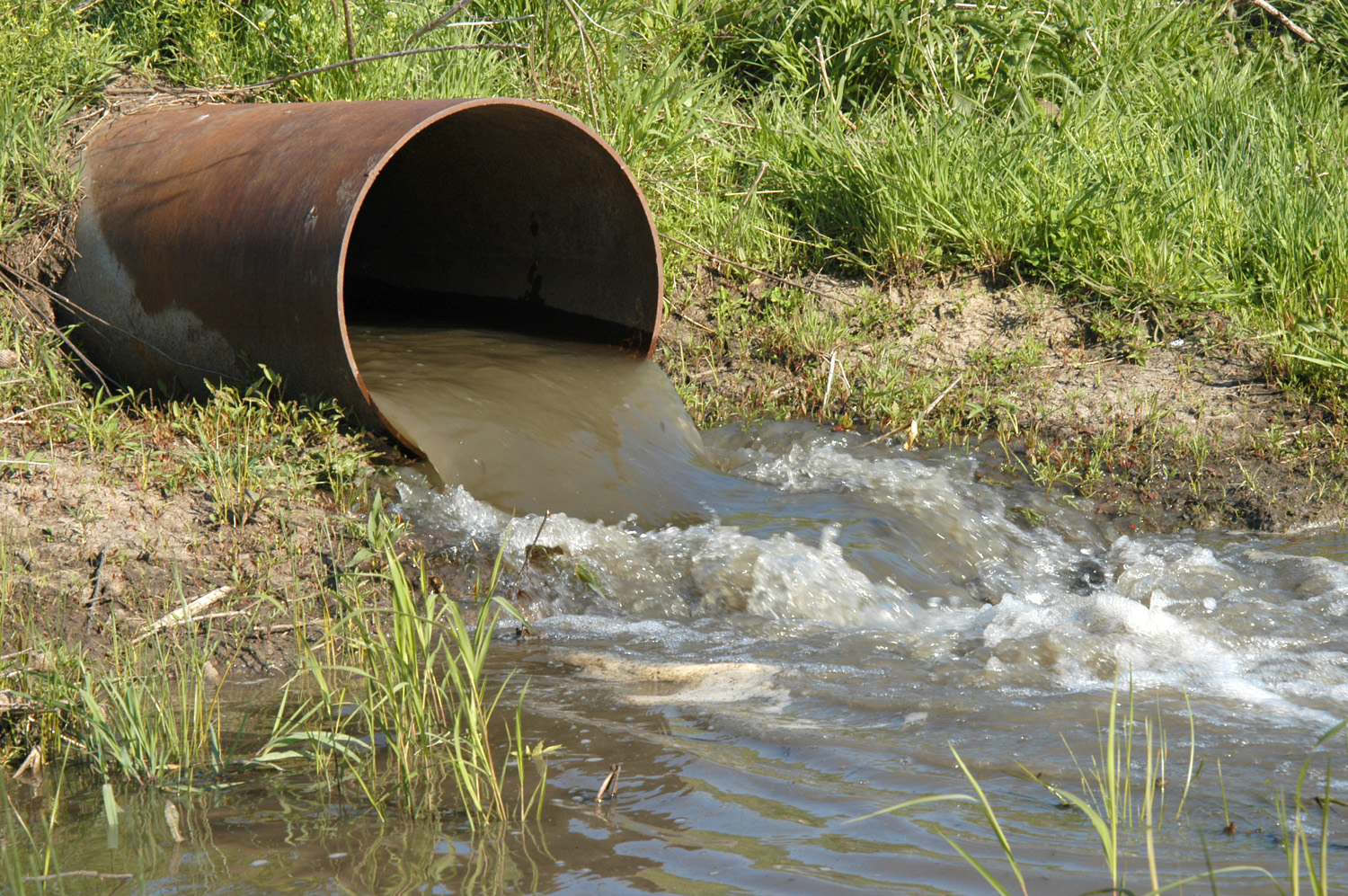
Throughout the last several weeks, Florida’s state officials have reported the emergence of toxic algal blooms in Central Florida freshwater lakes much earlier in the year than the historic norm. These kinds of harmful algal blooms usually happen during the summer rainy season. Heavy rains cause harmful levels of algae-fueling nutrients, namely phosphorous and nitrogen, to flow into lakes and rivers, as well as streams and estuaries.
While warm weather may have helped trigger the blooms, the most important lesson from these early blooms in Lake Washington and Lake Sue last week is that they could have been mitigated by reducing nutrient pollution from human waste.
Look, nutrients from a variety of sources pollute our waters, including fertilizers, pet wastes and lawn debris. But in urban and suburban settings, and some rural settings, “wastewater” is typically a major offender, as indicated by the number of reported sewage “spills” and the sheer number of septic tanks.
Wastewater is what goes down the drain through our toilets, sinks, showers, and other appliances.
In recent years, Florida’s utilities averaged between 1,200 and 3,400 wastewater dumps each year, while about a third of us rely on traditional septic tanks, which leak into Florida’s permeable soils, in regions where water tables — migrating underground waterways — are just below the surface, especially in low-lying areas near significant water bodies.
The effects of this pollution are insidious. Nutrients in wastewater are concentrated, and they are highly biologically available, providing “superfood” for harmful algae as well as many invasive plants clogging Florida’s waterways.
Indeed, sewage pollution is a ubiquitous and largely inexcusable problem throughout the state. In their annual infrastructure report card, The American Society of Civil Engineers gave Florida’s wastewater systems a “C.” (They gave stormwater infrastructure, another acute problem, a C-.) Wastewater treatment infrastructure mostly earned a passing grade because, “Florida is a national leader in reclaimed wastewater and climate adaptation frameworks thanks to partnerships among utilities, universities, and industry leaders.” But the report also hints at upsetting behavior: Local governments that own wastewater utilities fail to invest in repairs and upgrades, even spending utility revenues on other government projects.
Importantly, the report card points out that, “As Florida infrastructure ages, recent legislation has directed utilities to institutionalize asset management to improve efficient and effective resource use.” That requirement is one of the effective ways that the Clean Waterways Act, passed unanimously by the Florida legislature in 2020, is bringing about reforms.
Perhaps the most egregious example is the City of Fort Lauderdale. The city avoided making repairs for two decades. As a result, the system is so compromised that between December of 2019 and February of 2020, the city spilled 211 million gallons of sewage, setting a state record that resulted in a $1.8 million fine.
A similar story unfolded in Brevard County, which includes the largest portions of the Indian River Lagoon complex. Formerly renowned for great fishing and tremendous biological diversity, the complex of water bodies, which includes the Indian River Lagoon, Banana River Lagoon, and Mosquito Lagoon, suffer chronic harmful algal blooms thanks mostly to sewage pollution.
Large-scale sewage dumping occurred because revenues went to new stadiums, kayak ramps and museums, instead of wastewater improvements. Septic tanks also contribute dangerous levels of nutrients and pathogens into the lagoons.
Yet some in Brevard County’s local government are still pushing for spending precious tax dollars on wasteful projects — such as ecologically dangerous muck dredging and placing water-filtering clams in water too toxic for them to survive. They should instead accelerate wastewater and stormwater improvements.
Climate change is making the need for these enhancements even more urgent. The nastiest consequence of climate change is that more flooding from sea-level rise, wetter hurricanes and other heavy rainfall events flush septic tank effluent into nearby waters, and infiltrate wastewater treatment systems so badly that utility operators dump what they cannot treat.
Power outages can also prevent utilities without backup generators from operating.
The good news is that ample grant funding and low-interest financing, thanks to state and federal programs that generally match local commitments, are available.
As a result of legislation and funding, there are lots of shovels in the ground working on wastewater treatment improvements all over the state. For example, major septic-to-sewer conversions are underway in Martin County, to protect the St. Lucie River and southern Indian River Lagoon. In Hernando County, such conversions are prioritized to protect local springs.
We must prioritize wastewater treatment to reduce the frequency and toxicity of harmful algal blooms. The need is becoming increasingly serious. Fortunately, there are more resources than ever to make wastewater system advances in your community.
All your local officials need to do is ask for help.
___
Dr. Brandon Shuler is the Executive Director of the American Water Security Project.



